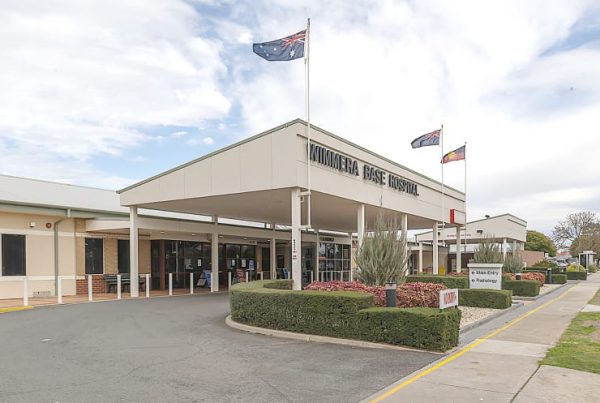Healthcare is the fastest growing industry in Australia and the largest contributor to the number of jobs employing 1.68 million people, according to the latest Australian Bureau of Statistics quarterly data.
While the health sector is large and growing, the cost of staffing continues to be the largest single cost accounting for 70% of the overall expenditure in most health services.
Indeed, hourly rates have risen for support healthcare workers from $16 in 2001 to $32 in 2016, in a sector where the average salary ranges from approximately $35,000 per year for support staff to $228,622 per year for general practitioners, according to Healthcare Australia.
Take Western Australia, for example, where the overall expenditure on the health sector is $7,258 per person in 2016-17, the third highest in Australia behind only the two territories (ACT and NT).
According to the latest BankWest/Curtin Economics Centre report “To Health and Happiness”, WA receives the lowest contribution from the Federal government at $2,840 per person, with the shortfall coming from the state government and the pockets of Western Australian residents.
Role of roster management systems in healthcare organisations
Running a healthcare service that delivers efficient patient services at an affordable price is a juggling act for most healthcare providers. This is where technology and roster management systems help to better manage staffing levels and identify potential cost savings.
Michelle Fenwick, Executive Director of People and Culture at Northern Health, says workforce efficiency is about having the right person with the right skill set on the right shift on the right date of the week, at the right price.
“The key barrier to achieving workforce efficiency is visibility and access to real-time data. Ensuring you have real time or semi real-time data available to you in a timely manner, means workforce efficiency can be achieved in a way that you can influence the day, week or fortnight.”
“It’s important to have the right roster management system that can keep up with demands and the changes of a healthcare network over a 24-hour period. We aim for total visibility of our workforce by seeing what activity is coming through the door in one system and being able to match that with the workforce. So I can then be sure the patient is seeing the right person with that skill set in a timely manner,” Ms Fenwick said.
Local health service organisations leading from the front
Roster managers in large healthcare organisations are now under increasing pressure to match up a large, diversified 24/7 workforce with an increasingly complex set of health service demands.
To respond to this challenge, many organisations are use workforce management solutions and up-skilling roster managers with new technology skills, practices and know-how.
One such organisation is the Western NSW Local Health District, which has run a rostering improvement initiative to improve rostering practice and upskill roster managers.
Known as the WNSWLHD Rostering Proficiency Program, the initiative comprised educational webinars, online training, one-on-one coaching and support from a team of local rostering experts.
Over the course of the program, the team achieved a:
-
$106k reduction in nursing agency fees
-
8.86 FTE reduction in casual staffing resulting from improved utilisation of the permanent workforce
-
$45k reduction in nursing overtime
-
$1.2m reduction in leave liability and a 2% decrease in annual leave
-
$247k decrease in ‘no minimum break’ payments.
It also increased the timeliness of rosters being published from an average of two to six days in advance of each roster period.
The WNSWLHD Rostering Proficiency Program is part of an ongoing effort to continue to develop and mature rostering capability across the local health district and part of ‘The Rostering Capability Framework’ for NSW Health who uses Allocate solution for the rostering of their workforce.
Workforce management software transforming costs and care
For large health service organisations to understand how best to deploy and manage their most important asset – their staff – it is critical for them to have total visibility of their workforce.
Workforce management software is helping healthcare organisations make effective operational decisions which are resulting in improved clinical outcomes, patient safety and staff productivity.
Helping healthcare providers manage their staff to provide exceptional care to patients while identifying cost efficiencies is a major focus of our work with health and aged care organisations.
At Allocate, we work closely with our customers to provide comprehensive workforce management solutions for all staff groups that enable cost savings. The solutions that we deliver will be even more crucial over the coming years in ensuring that our customers can continue to deliver high quality care in a sustainable way.
To learn more download the case study at NSW Health and a copy of the whitepaper Total Workforce Visibility – Inspiring Stories from the NHS, a series of case studies of UK based health service organisations working with Allocate to improve outcomes and reduce costs.




